

Damien Wright is an award winning Melbourne craftsman working in wood. His practice involves a unique blend of Australian timbers, traditional joinery techniques, organic finishes and contemporary design.
ABOUT DAMIEN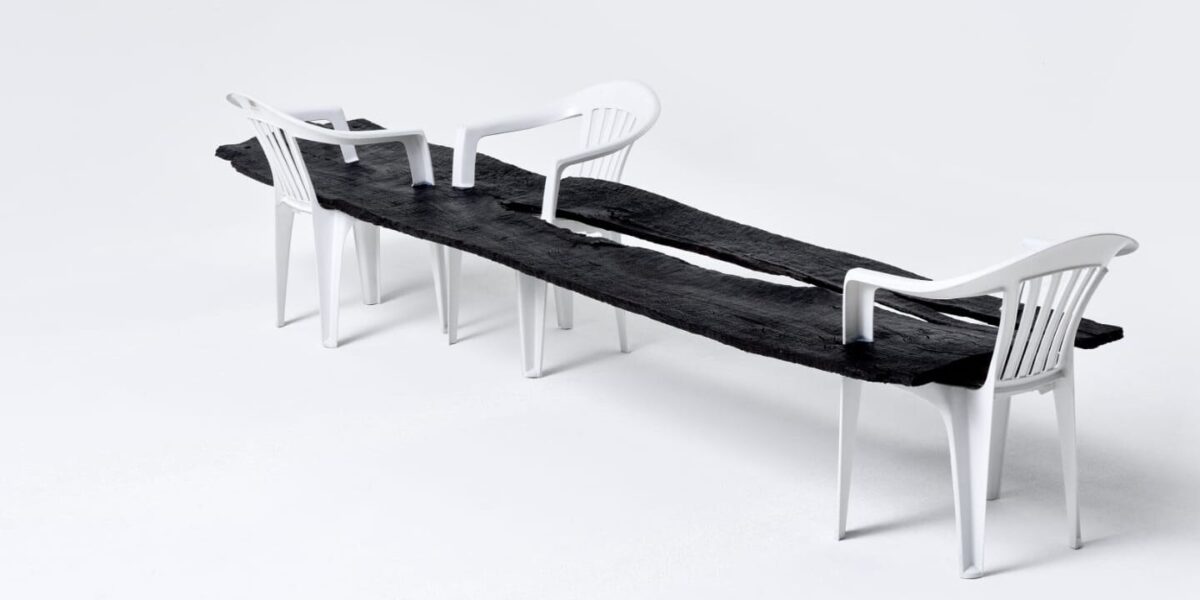
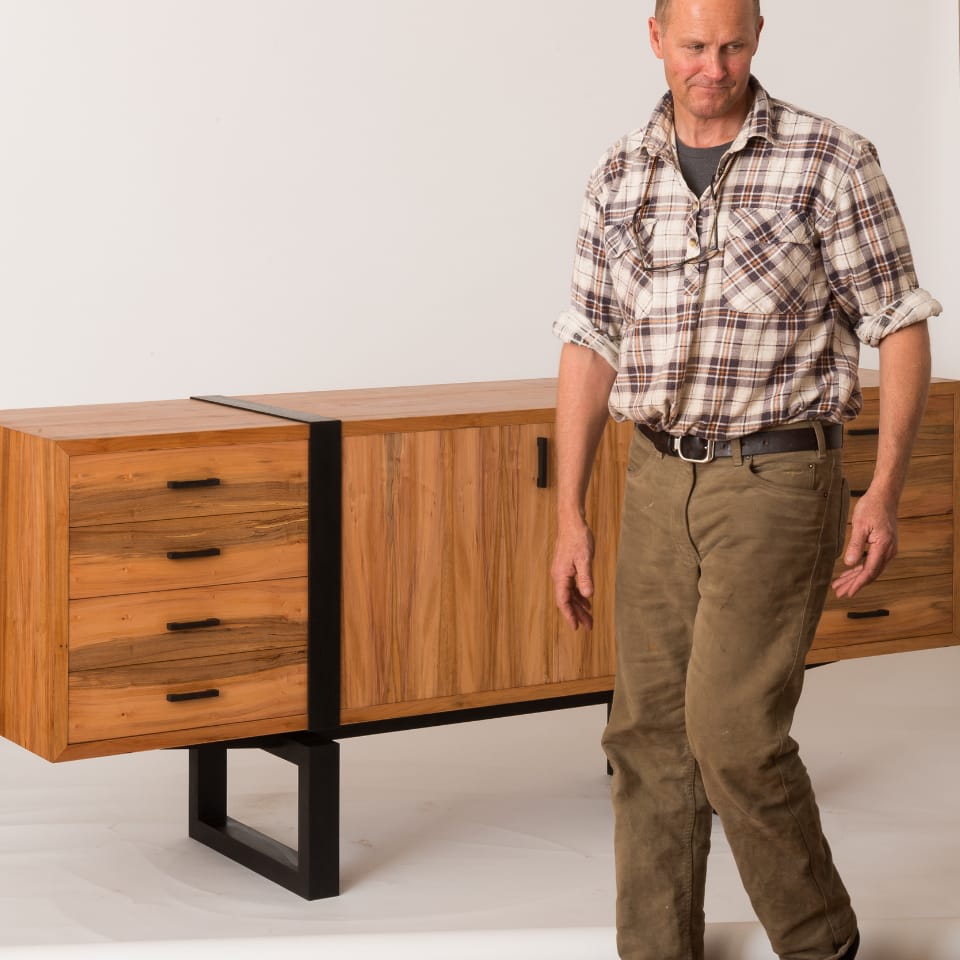

I have sought to use timbers that challenge the colonial cannon of wood craft. From eucalyptus to desert timbers to 10,000 year old Ancient red gum. All part of a conversation about place, time and belonging.
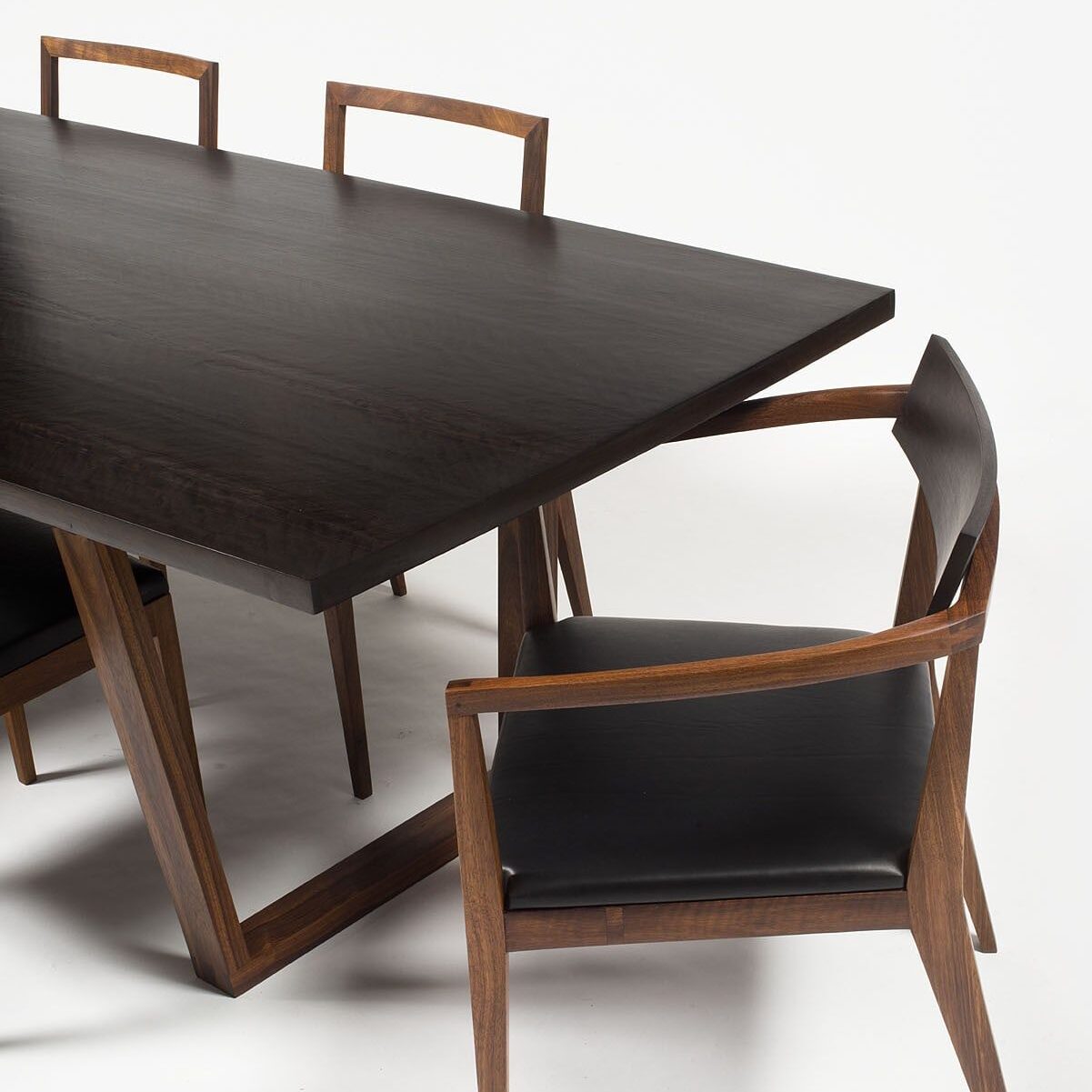

PROJECTS
Damien works across a broad spectrum of projects ranging from individual furniture commissions, artist-driven sculptural pieces to bespoke commercial installations.
SEE PROJECTS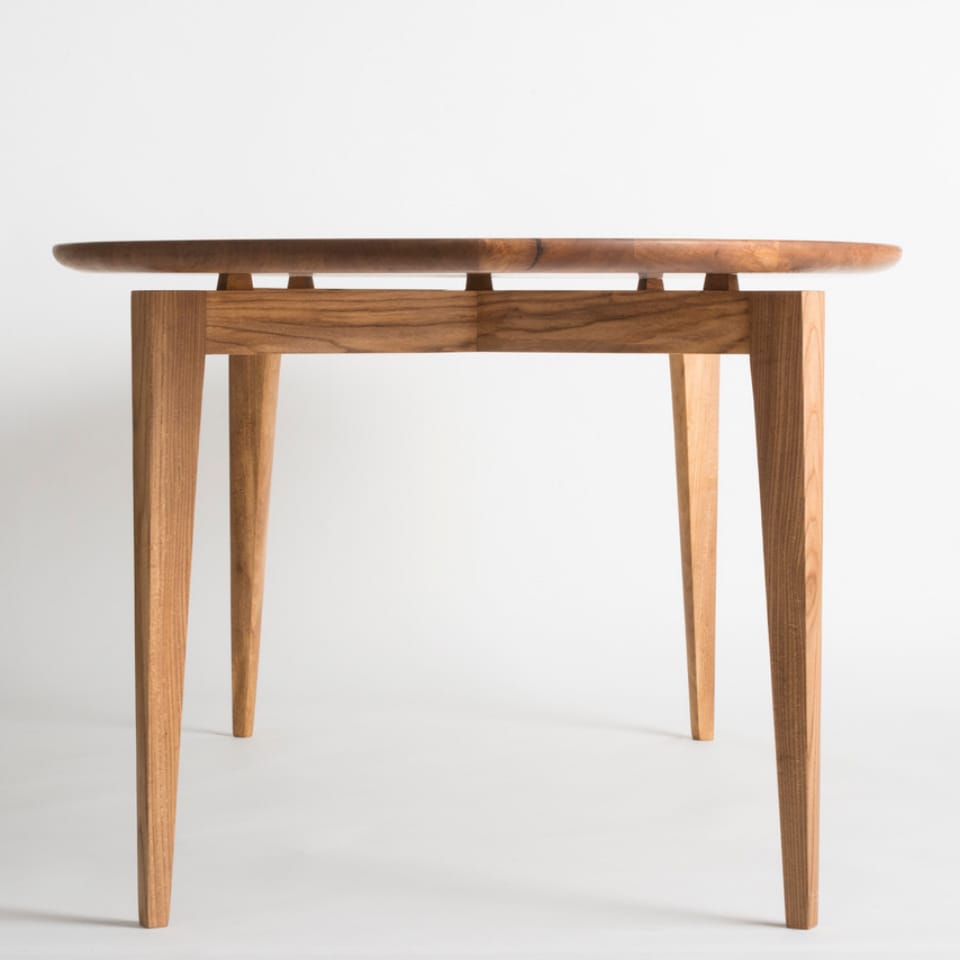
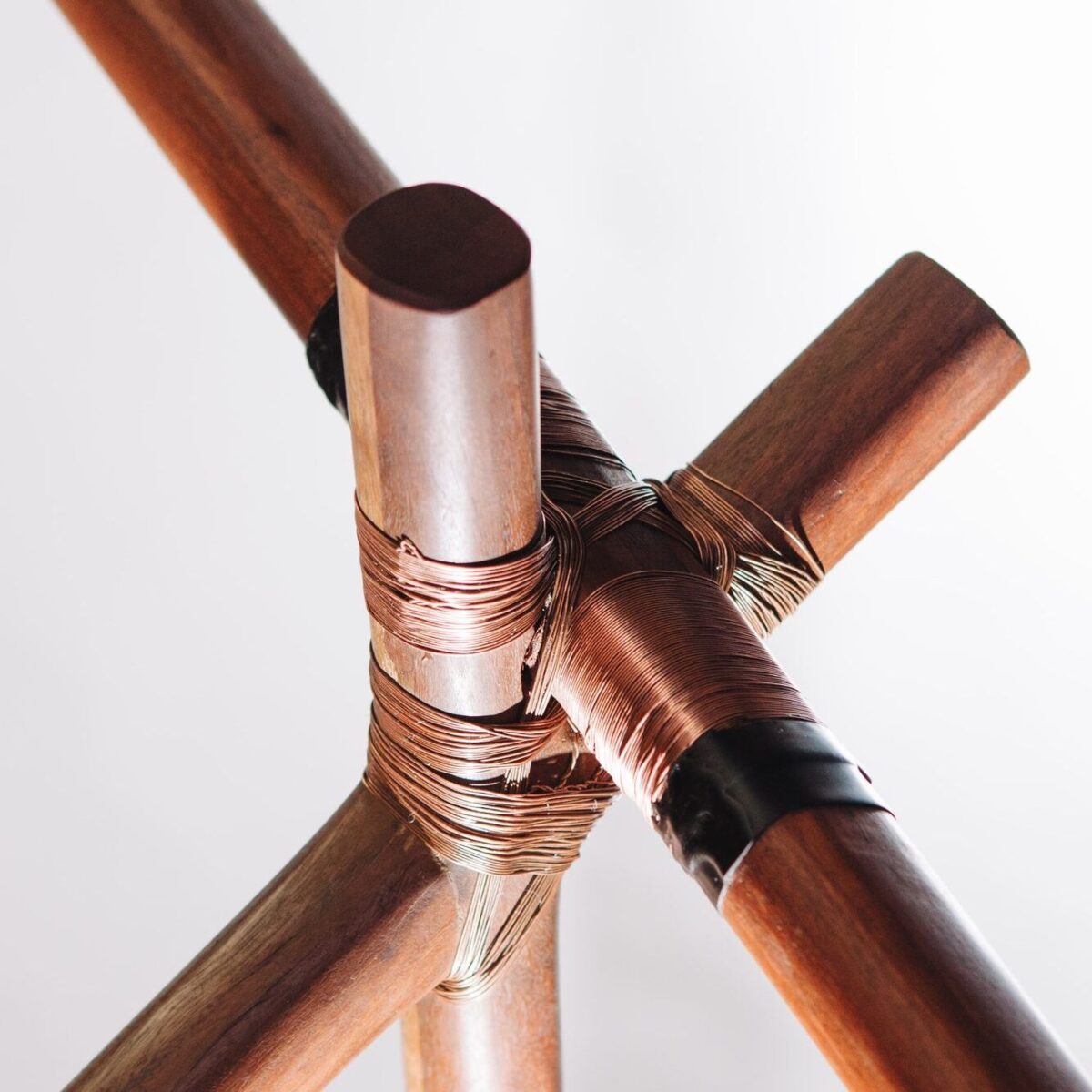
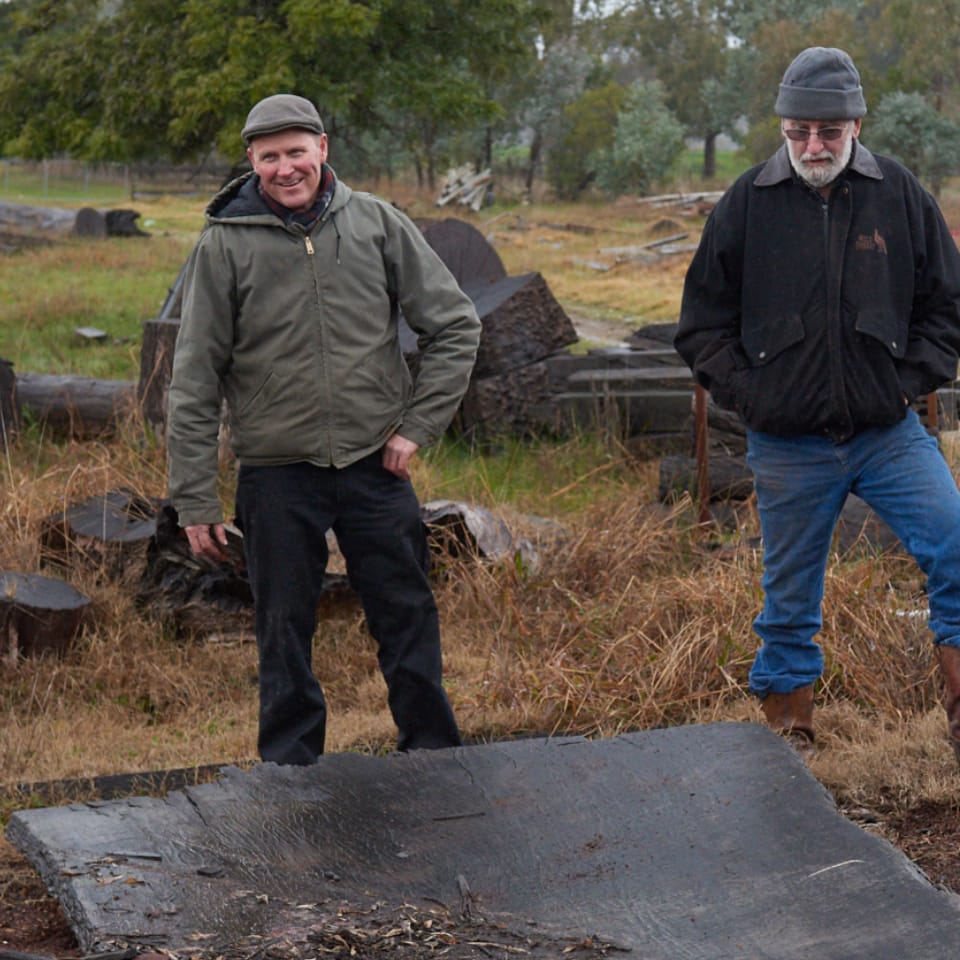
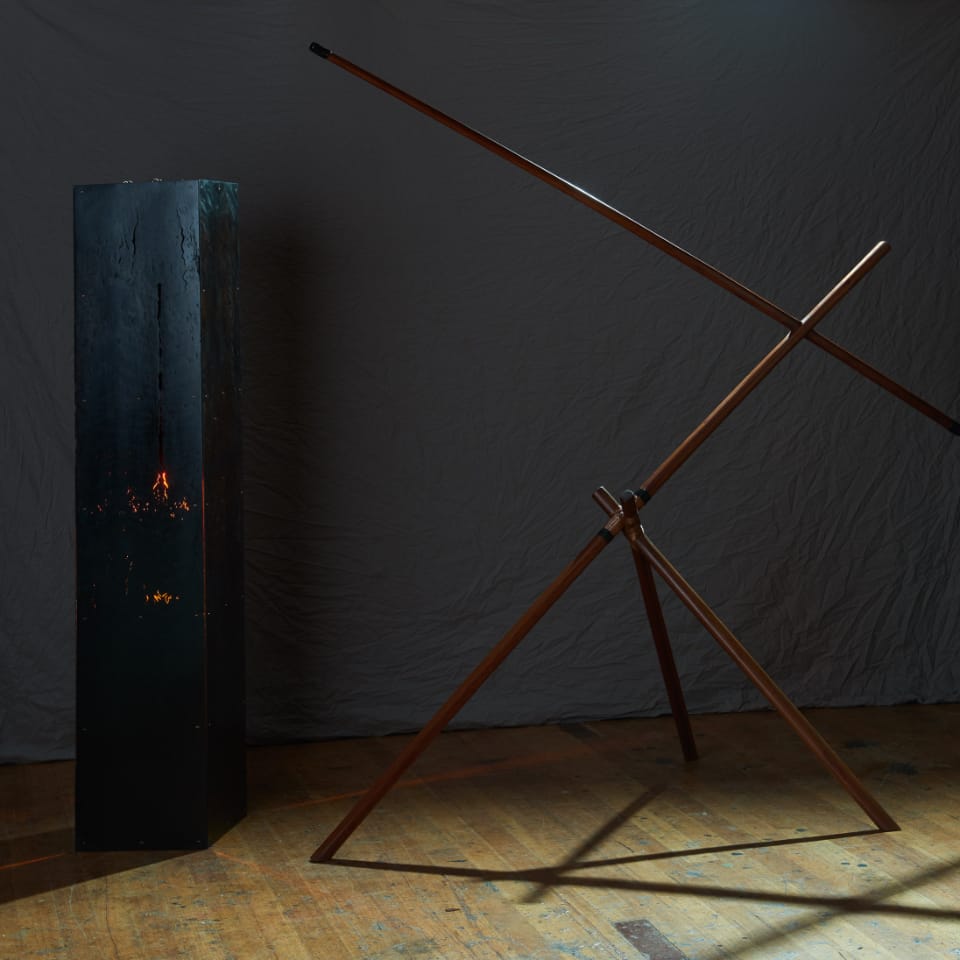

Damien Wright is an award-winning furniture designer and craftsman. Working almost exclusively with recovered Australian timbers sourced directly from farmers and millers across Australia, Damien is acclaimed for his unique ‘whole tree’ approach to furniture design — utilising indigenous hardwood species which are not traditionally used to make furniture — and employing rare joinery techniques such as blind-mitred dovetails and thick veneering.
Where did it start?
I have always felt happiest with my head, heart and hands engaged in the making.
Growing up I shadowed my father George Wright as he fixed and built and made and grew. He fixed our cars, bikes, radios, washing machines, anything and everything. He built fences, sheds, boats, houses, gardens, gifts, tools and toys. And he grew a family. I learnt from Dad. Building things became something that I loved and was good at.
Something that I got a lot of affirmation and recognition for.
I studied politics and history at university and loved that too. When I finished university I was drawn back to what I felt good doing which was making. I started making furniture in 1991. And have not stopped.
I studied my craft and taught myself technique. And practiced and practiced and practiced. I wanted and needed to learn my craft. To gain knowledge and skill. To control my actions. To figure things out. To find the moment when you are in tune with yourself. And to think where my work fits into a historical, political and cultural landscape.




